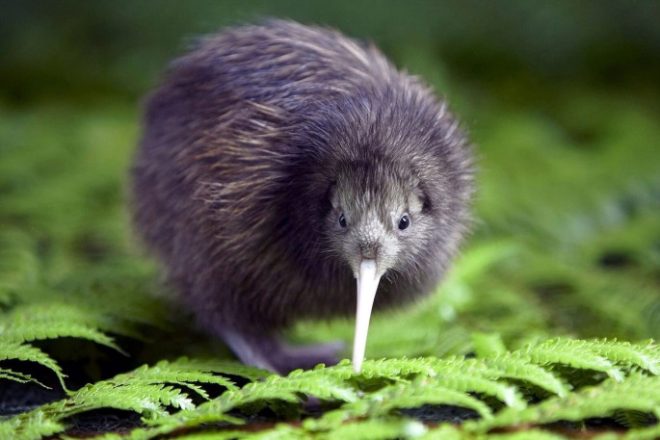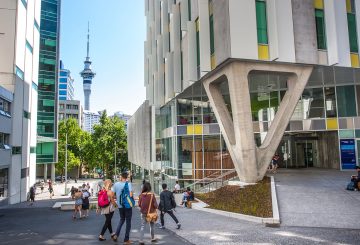政府将取代已有70年历史的《野生动物法》,声称该法已经过时,无法充分保护新西兰的本土野生动物。这一决定是在对本地物种迅速减少的担忧之后做出的。
环境保护协会首席执行官加里·泰勒提到,该法案不符合现代价值观。新西兰超过四分之三的本土动物处于危险之中,但现行法案并不能有效保护它们。Te Runanga Papa Atawhai o Te Tai Tokerau主席尼兹·曼努埃尔补充说,该法案在Te Tiriti o Waitangi中缺乏基础,并强调了土著声音在野生动物保护中的重要性。
保护部(DoC)审查了该法,发现该法在多个领域都存在缺陷,包括没有保护本地鱼类物种和基本海洋栖息地。
自然保护部长Willow-Jean Prime希望制定一项目标、结构和程序都明确的新法案。她以先前一项关于大白鲨的裁决为例,说明该法的局限性。
新法律旨在提供更好的工具来保护该物种及其栖息地。将就新法案进行公众咨询,讨论气候变化的影响、入侵物种和栖息地的丧失。
加里·泰勒表示希望更新后的法律能够获得跨党派的支持
。




























































